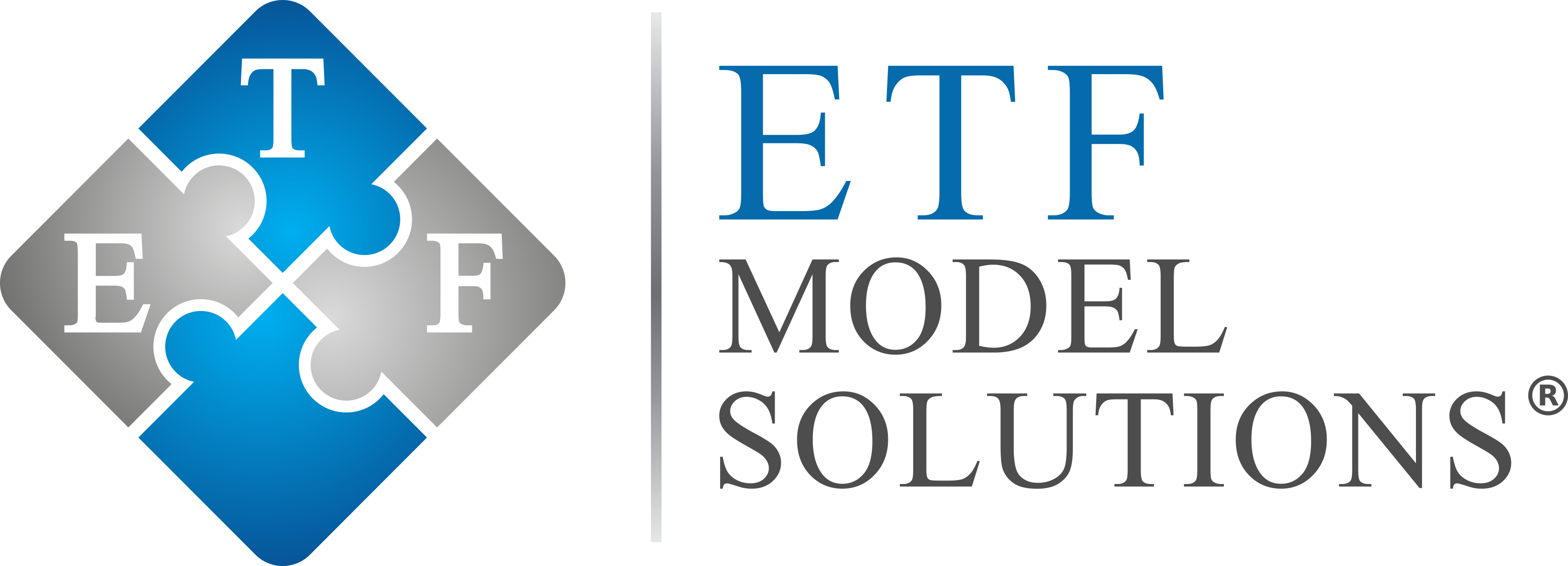Nine Vanguard ETFs expected to have Capital Gains Distributions for 2014
Vanguard recently announced ETFs in their lineup that will be distributing capital gains to unit holders for 2014. These include: Extended Duration Treasury ETF (EDV) Intermediate-Term Bond ETF (BIV) Intermediate-Term Corporate Bond ETF (VCIT) Long-Term Bond ETF (BLV) Mortgage-Backed Securities ETF (VMBS) Short-Term Bond ETF (BSV) Short-Term Corporate Bond ETF (VCSH) Short-Term Government Bond ETF […]
iShares ETFs with 2014 Capital Gains Distributions
While ETFs are mostly tax efficient, especially compared to most mutual funds, there are some ETFs that do incur capital gains distributions annually. iShares recently announced the ETFs that will be subject to a distribution for 2014. iShares Core U.S. Aggregate Bond ETF (AGG) iShares Global ex USD High Yield Corporate Bond ETF (HYXU) iShares iBonds Mar […]
Investors in this iShares Frontier ETF face unusually high capital gains obligation
One of the reasons ETFs have been adopted so widely is that ETFs are typically very tax-efficient investments, especially when compared to mutual funds, because their structure typically allows them to avoid shareholder distributions. The operative word in the opening sentence is typically. This year, one particular ETF, the iShares MSCI Frontier Markets 100 ETF […]
John Hancock latest to support use of Liquid Alternatives in 401(k) Plans
Hardly a week goes by without a retirement services firm issuing a report on why retirement plans should adopt liquid alternatives for use in 401(k) plans. We’ve covered many in this blog over the past several months. With a report by Leo Zerilli, CIMA, head of investments, John Hancock becomes the latest to suggest that […]
Performance Disparities between DB and DC Plans due to Real Assets, Emerging Market Equity, and Alternatives Exposures
BNY Mellon’s Investment Strategy and Solutions Group conducted research resulting in a report that provides detailed analysis on the performance disparities between Defined Benefit and Defined Contribution Plans. A few excerpts: Broadening the DC universe to include the kinds of allocations to include the kinds of allocations that institutional-quality pension plans have used for years, […]
Is “30/30/40” the new “60/40”?
In an article titled, “In Alts We Trust” a recent issue of Investment News discusses how managers that are advocating 60/40 portfolios be replaced by a 30/30/40 portfolio. The premise? That high equity valuations and that low bond yields cannot provide the returns or downside protection that they afforded previously. The proliferation of liquid alts […]
World’s Largest Pension Fund Adds Alternatives To Their Portfolio For First Time
The second largest retirement pool of retirement savings in the world¹, the Government Pension Investment Fund, Japan (“GPIF”) recently announced a new policy asset mix for the medium-term plan. The policy change is based upon certain economic assumptions, including expectations that interest rates will rise in the next decade. In addition, the review period was accelerated due to […]
University Endowment Portfolio Managers Increase Alternatives Allocation
A preliminary report from NACUBO (National Association of College and University Business Officers) shows that university endowment porfolio managers increased their allocation to alternative investments in 2014. The preliminary study included data from over 400 institutions showed that allocation to alternative investments rose to 58% in the past year, a five point increase from the previous […]
Unnallocated Deferred Annuities in Retirement Plans
One of the trends in the retirement space is to get participants focused on “income replacement” rather than “asset accumulation”. After all, once workers retire, the assets that they have must generate a sufficient income for them to maintain their desired lifestyle. Guidance from the Treasury Department and the Department of Labor within the past week […]
How To Invest Like The Ivy League Endowments with ETFs
Seeking Alpha published an article by Prateek Mehrotra outlining how ETFs can help investors build institutional quality portfolios diversified into liquid alternative investments designed to improve long-term risk adjusted returns. The article summary The country’s largest endowments aim to preserve capital while producing income and appreciation with less correlation to the stock market regardless of […]
